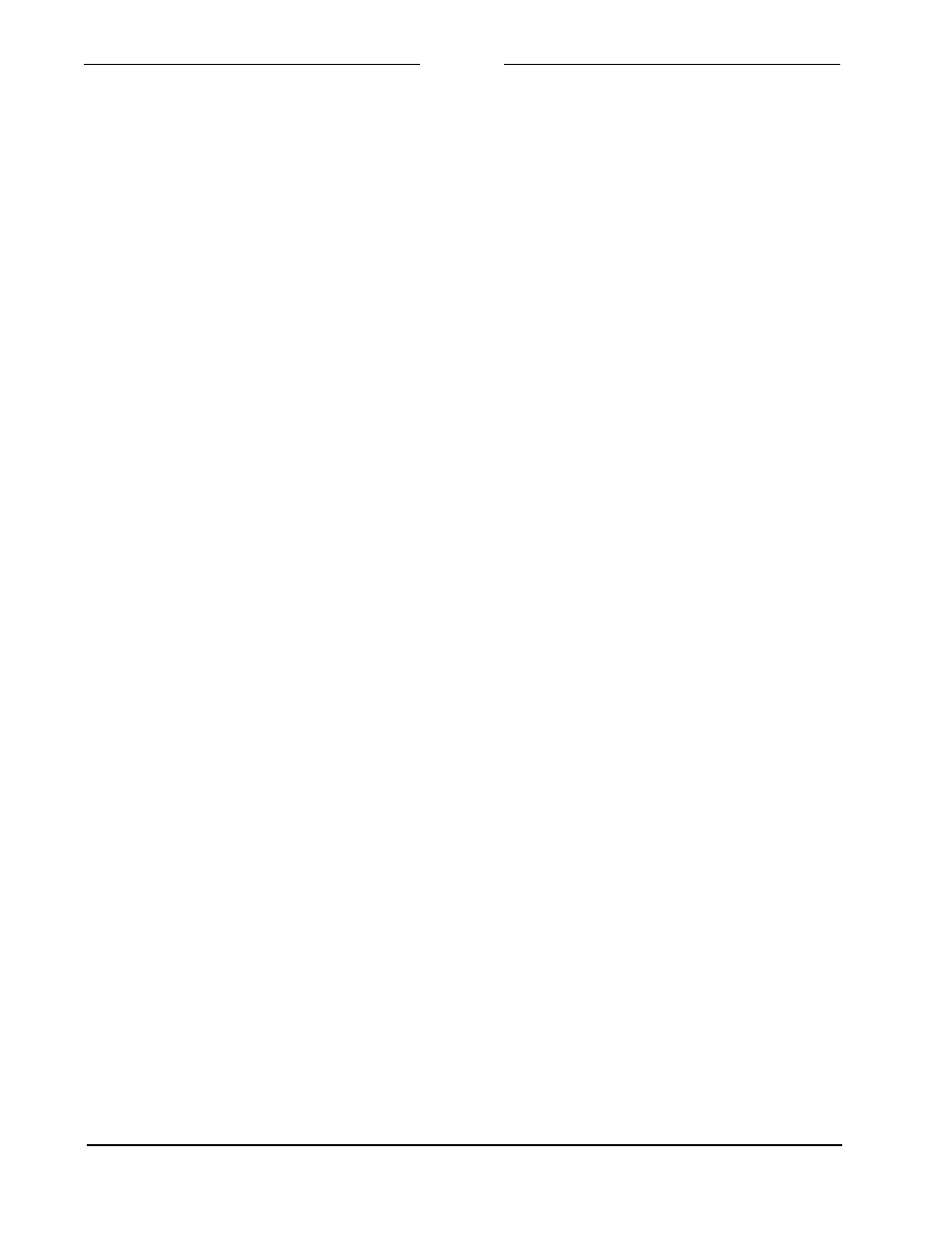Studio Technologies ISS User Manual
Page 27

Issue 3, June 1990
ISS User Guide
Page 28
Studio Technologies, Inc.
ISS
The audio is delayed by bucket brigade
delay (BBD) integrated circuit U2. The
length of the delay is directly proportional
to the frequency of the clock signals sent
to U2 by U3. U3 produces three signals for
BBD U2: Clock 1, Clock 2, and a voltage
reference. Clock 1 and 2 are identical
square wave signals 180 degrees apart in
phase. The frequency of Clock 1 and 2 is
set by the resistor/capacitor combination
C17 and R19/R20. A reference voltage is
produced by U3 (for use by the BBD) and
is not adjustable.
The clock is set for 119.5kHz for the Type I
Simulator Card and 64kHz for the Type II
Simulator Card.
The time delayed audio enters a 5-pole,
20kHz low-pass Butterworth filter created
using three sections of operational amplifier
U1. This filter removes clock frequency from
the output signal.
The signal was previously compressed in
anticipation of being delayed. It is now
expanded to recreate the initial dynamic
range. The expander portion of compandor
U5 restores the dynamic range. Again a
charge pump is used, this time in the
compandor rectifier.
The signal now enters a proprietary ran-
domizing circuit, labeled N1. Frankly, the
great sound of the ISSs simulated stereo
is a result of this network. It modifies the
delayed signal so as to ensure that the
peaks and dips in the soon to be created
combs do not fall on objectionable harmon-
ics, preserving the natural sound of the
audio.
The final outputs of the Stereo Simulator
cards are created by two sections of opera-
tional amplifier U6.
For the Type I Card: The left channel output
is created by summing the output of N1
with the direct input signal. The right chan-
nel output is created by connecting the
direct input signal to the inverting input and
connecting the output of N1 to the non-
inverting input.
For the Type II Card: The left channel output
is created by inverting the signal from N1.
The right channel output is created by
simply buffering the signal from N1.
The left and right channel outputs of the
Type I Card are actually a complete simu-
lated stereo signal. The left and right chan-
nel outputs of the Type II Card are actually
just an inverted and non-inverted stereo
information signal. Summing op amps on
the Crossfade Card combine the Type I and
Type II signals to form the full ISS simulated
stereo signal. If you were to remove the
Type II Card, the ISS would still produce a
usable, but much less full stereo sound.
The Type II Card adds the extended low
and high frequency simulation. Removing
the Type I Card, while leaving the Type II
Card in place, would result in a left and right
channel signal with no simulated stereo on
it at all. Summing the left and right signals
would leave the ISS with no signal, i.e., they
completely cancel out. The Type II Card
outputs left and right stereo information to
be added to the simulated stereo produced
by the Type I.
The mono compatibility of the ISSs simu-
lated stereo can be easily understood by a
careful study of how the stereo is actually
made in op amp U6. The output of network
N1 is really our stereo information. To
create the left channel of our simulated
stereo we simply add some of our stereo
information to the incoming mono signal; to
